What is Astragalus?
Astragalus (aka milkvetch) is a member of the legume family — which makes it a relative of peanuts, peas, and soy.
This medicinal herb is common in both Western and Eastern herbal medicine. It has a long history of use for immune-related conditions for conditions of immune-excess (such as autoimmunity) as well as deficiency (during infection or immunodeficiencies).
Today, the most common use of the herb if for its benefits on immunity and cardiotonic. Astragalus supplements are used as a prophylaxis for infection (especially of the respiratory tract), and as a daily tonic for promoting overall vitality and stamina.
What is Astragalus Used For?
Astragalus has many uses as a respiratory tonic, but the most common application of the herb in modern herbal medicine is for boosting or modulating the immune system.
It’s popular for use with various forms of immunodeficiency, including viral and bacterial infection (prophylaxis), and as an adjunctive cancer treatment.
The immune-boosting effects of this herb isn’t one-directional — astragalus is also useful for immune excess, such as with autoimmunity or allergic reaction.
Many people use astragalus as a general health supplement for preventing cold or flu, or to enhance cardiovascular function, vitality, and overall stamina.
Other uses include, hepatitis, diarrhea, hypertension, diabetes, and Lyme Disease (not late stage).
Herb Details: Astragalus
Herbal Actions:
- Adaptogen
- Antioxidant
- Antiviral
- Cardiotonic
- Diuretic
- Hepatoprotective
- Hypotensive
- Immunomodulator
- Immune Stimulant
Dosage
- (1:1 Liquid Extract)
20 – 40 mL - View Dosage Chart
Part Used
- Root
Family Name
- Leguminosae
Distribution
- Eastern Asia
Constituents of Interest
- b-Glucans
- Astragalosides
- Formononetin
- Gamma-aminobutyric acid
Common Names
- Astragalus
- Milk-Vetch Root
- Huang Qi (China)
- Hwanggi (Korea)
- Ogi (Japan)
CYP450
- Unknown
Quality
- Warm and moist
Pregnancy
- No reported side effects during pregnancy — but not proven safe either.
Taste
- Sweet
Duration of Use
- Long-term use is acceptable with periodic breaks.
Botanical Information
Astragalus is a large genus containing over 3000 individual species. All species within this genus are either small, herbaceous plants, or mid to large shrubs.
The astragalus genus is a member of the legume family — making it a close relative of peas, peanuts, and soy bean.
The primary species used as medicine is Astragalus membranaceus, which originated from Eastern Asia in mountainous regions of China and Mongolia, but have since spread all over the world.
Pharmacology & Medical Research
Longevity
An extract of a closely-related species, Astragalus membranaceus (synonym A. propinquus), called TA-65 was shown to activate telomerase [3] — which is one of the primary targets for longevity-enhancement medications.
Phytochemistry
Astragalus is rich in saponins (such as cycloastragenol and astragalosides), polysaccharides (astroglucans A-C), flavonoids, phytosterols, volatile oils, asparagine, choline, betaine, gluconic acid, beta-sitosterols, amino acids (including GABA), trace elements (zinc, copper, magnesium, manganese, calcium, potassium, sodium, cobalt, rubidium, molybdenum, chromium, vanadium, tin, and silver).
Cautions & Safety
Astragalus is widely considered a safe herb, even over long periods of time or in high doses.
Traditional medical systems (such as TCM) suggest you should avoid using the herb at the acute onset stage of respiratory or sinus infection — focusing instead on using the herb before or after infection takes place. TCM also suggests avoiding the use of astragalus with signs of heat or yin deficiency.
This herb is contraindicated during the later stages of lyme disease.
Astragalus should be avoided in combination with immunosuppressive medications and after organ transplant.
Author:
Justin Cooke, BHSc
The Sunlight Experiment
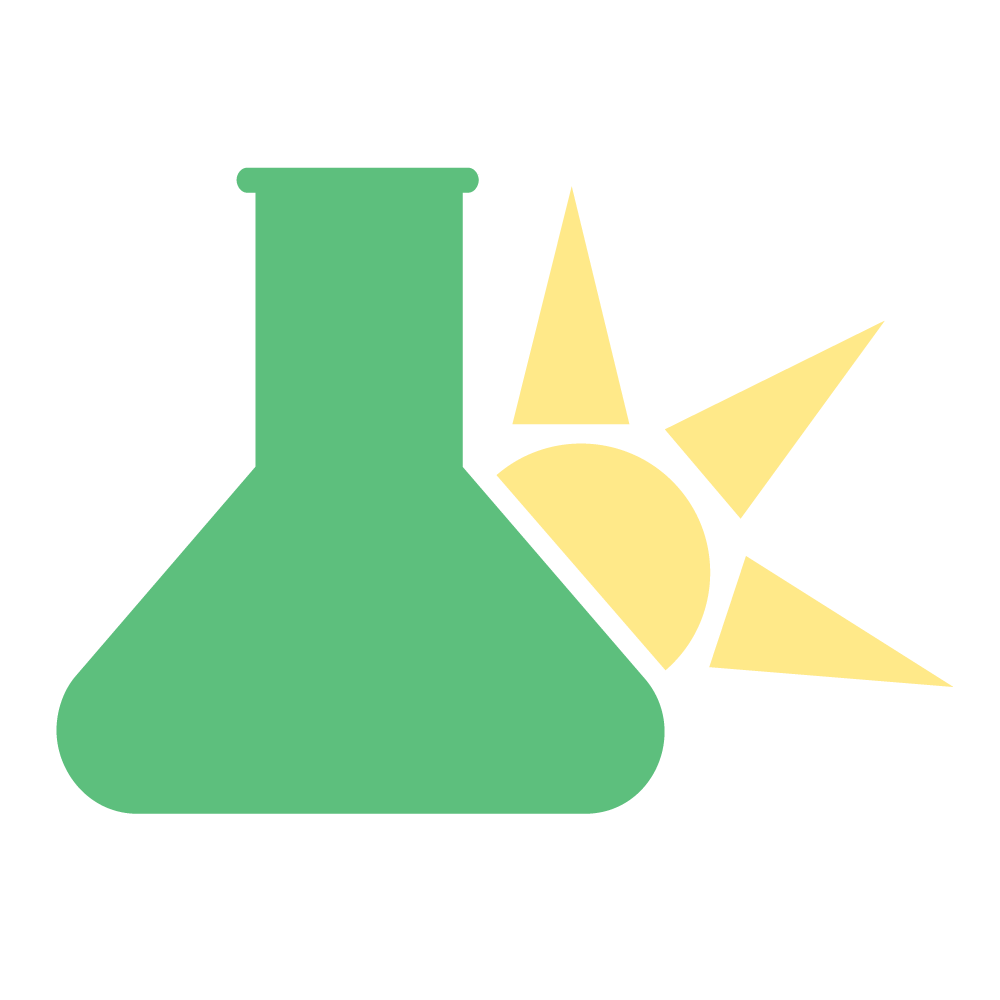
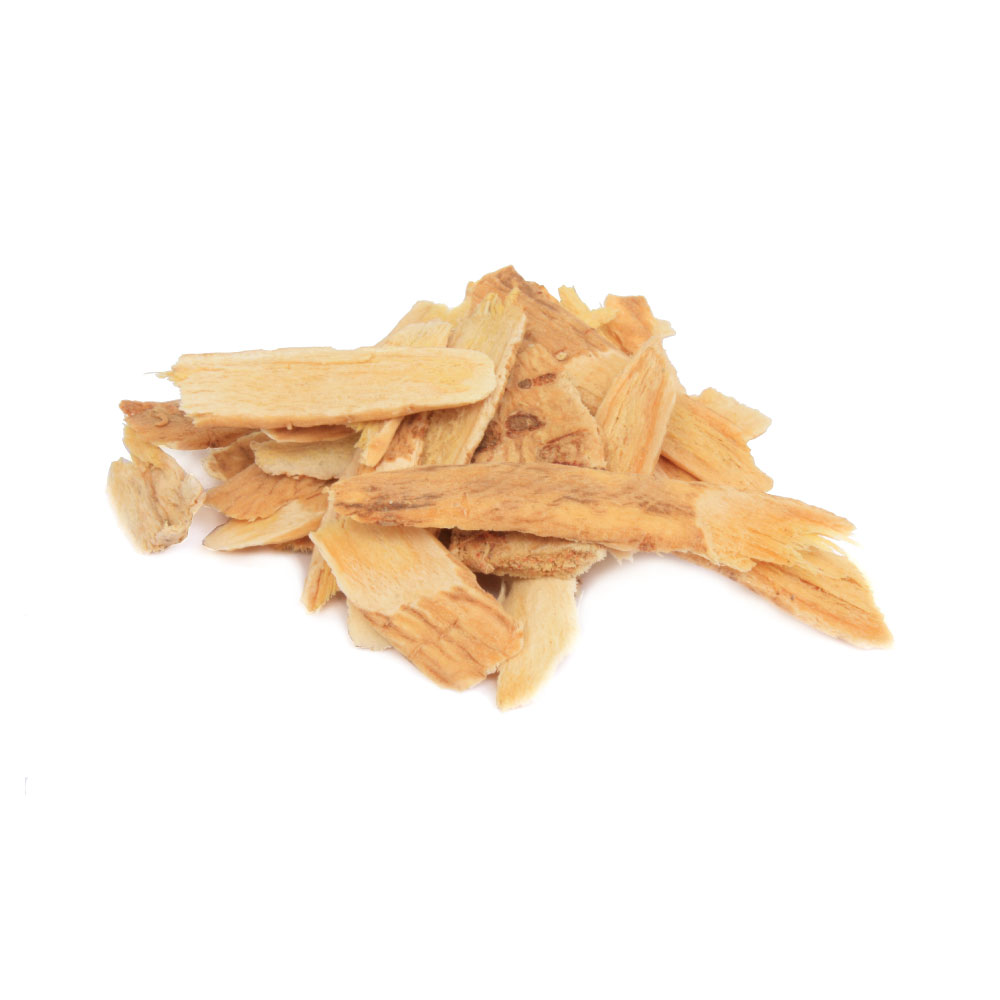















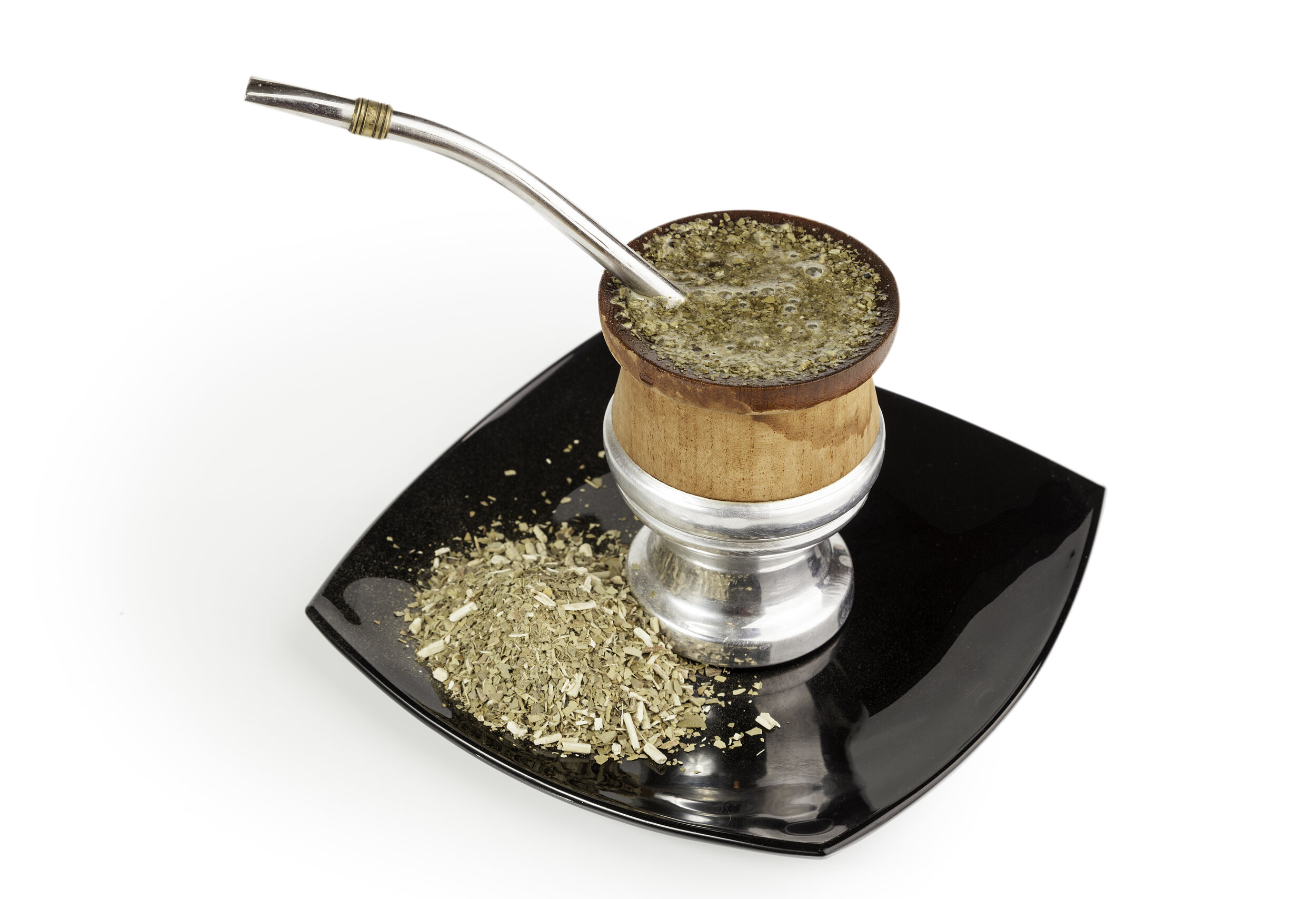
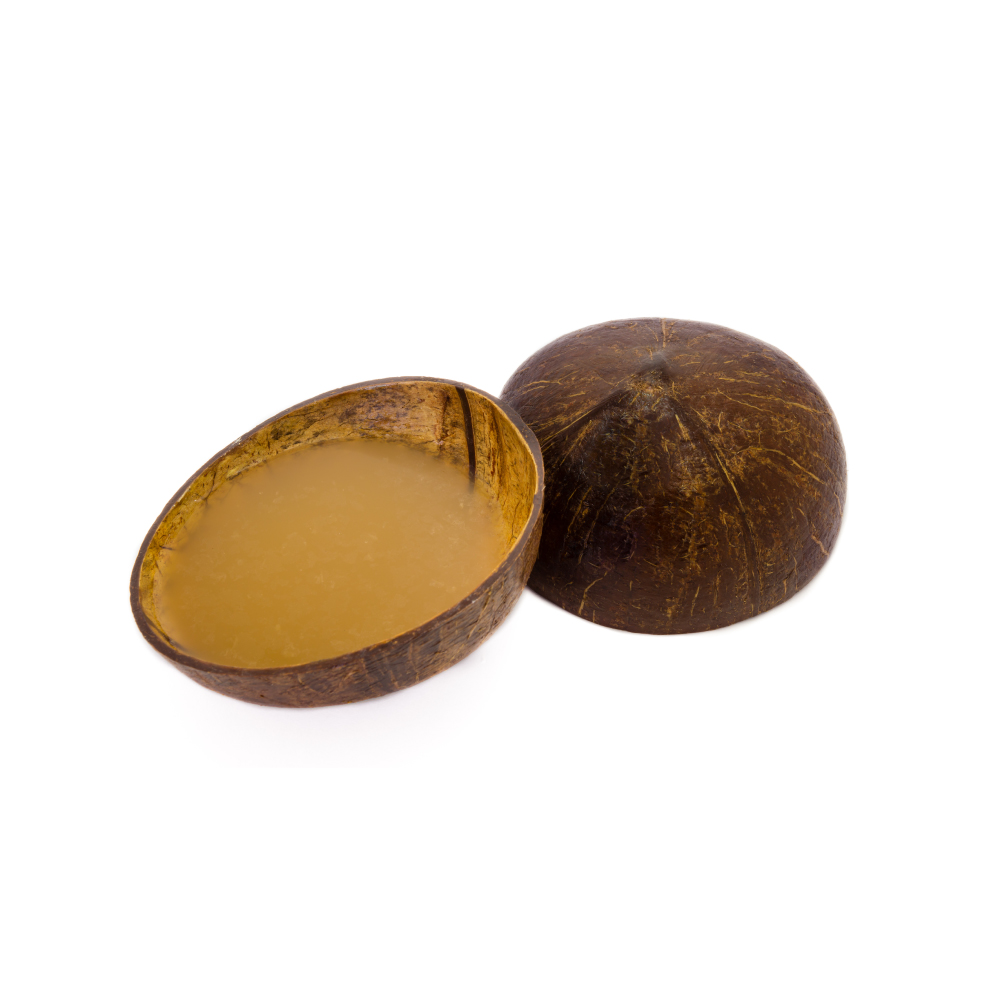









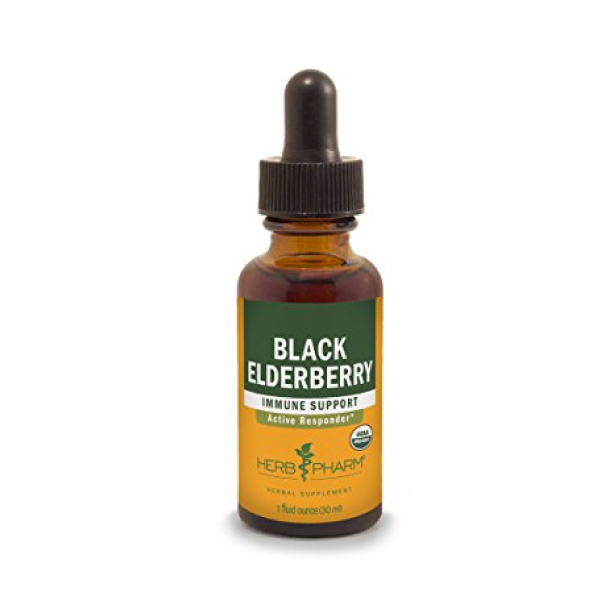
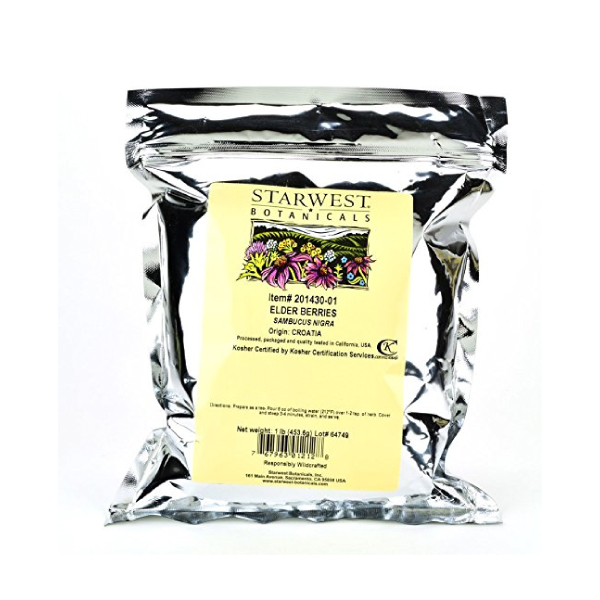
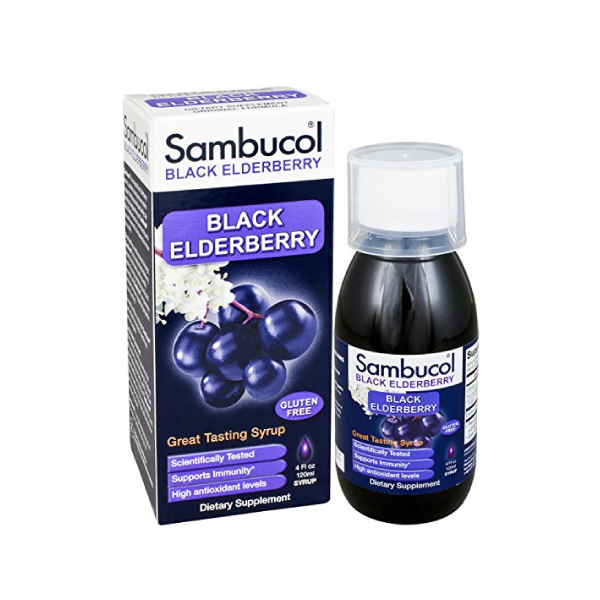





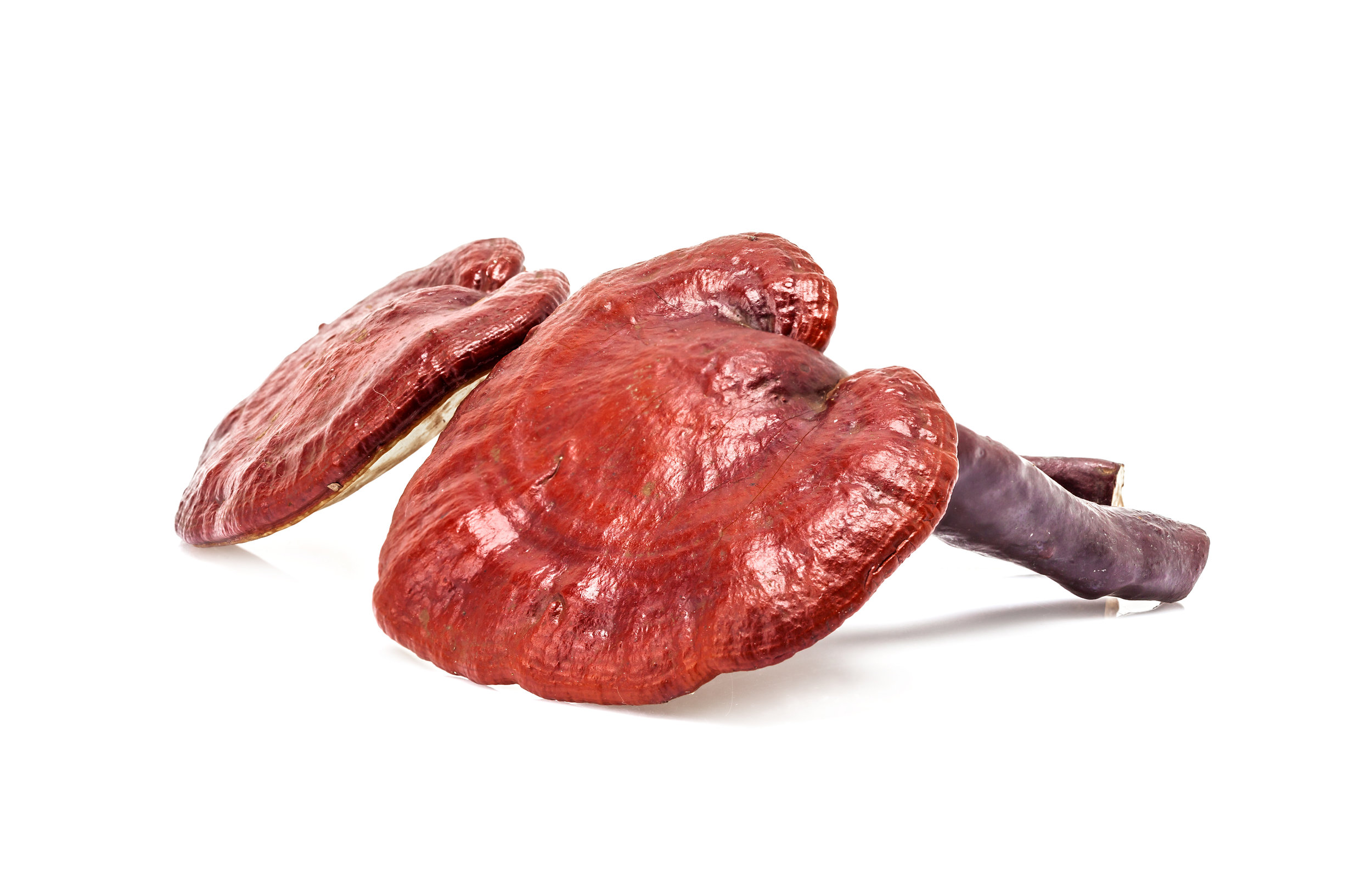
As COVID-19 continues to spread around the world, we’re getting a lot of questions on what the potential role of herbal medicine is during the outbreak. Learn how the virus works and how to limit your chances of transmission.